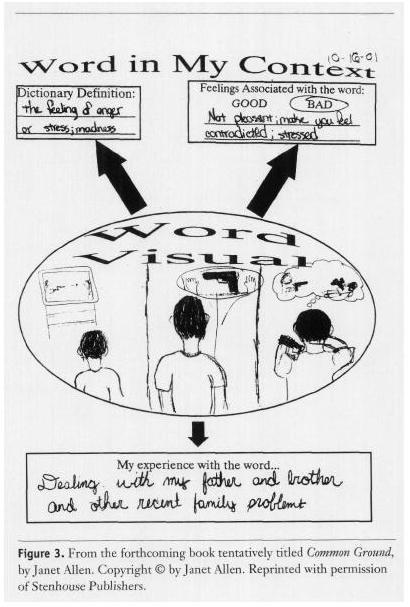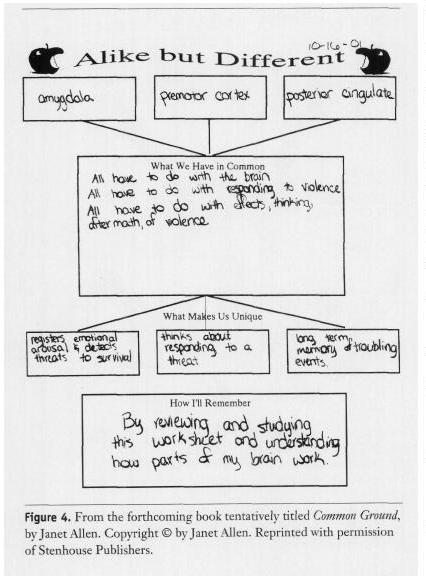Understanding the necessary vocabulary is a crucial component of studying practically any subject, including history. It is estimated that there is a knowledge gap of a few thousand words between school students who do well and does poorly in their classes (Marzano, 2012, p. 31). Learners with low vocabulary skills are inefficient learners and are extremely unlikely to do well in their classes. Therefore, educators should pay special attention to teaching new words to their students, especially at school. In this paper, after providing some important observations regarding teaching strategies, we will describe teaching plans and activities which might be employed for presenting new vocabulary to the learners.
Before all, it is necessary to make several remarks regarding the content to be given to students and the principles to be employed. They are to be taken into account if a vocabulary learning activity is to be effective. First, the vocabulary to be taught should be chosen carefully. The taught terms should not be very basic (mother, food), but should be either those that “appear infrequently enough that they will probably not be learned incidentally by the students… (nimble, feeble, vigor),” or those that are subject-specific (e.g. reparations) (Marzano, 2012, p. 31).
Second, the texts and materials containing new vocabulary should also be selected with care; they must contain enough new terms, but not too many of them, lest students become discouraged and frustrated over the lack of comprehension (e.g., reading I. Kant’s Critique of Pure Reason in K-12 might prove problematic) (Beers, 2001).
Third, students should use the given words during the lesson as many times as possible, for it will “encourage” their brains to transfer these words from the mere working memory to the permanent memory. Also, numerous explanations and connections of the new terms to the already known are important, for they will increase the number of neural patterns related to the new words, which will make the process of recollecting their meaning easier. The terms should be able to relate to something students already know (e.g., it is pointless to try to teach first-graders the term hyperbolic arccosine).
Fourth, it is important to revise each of the new terms several times in consequent lessons, to decrease the chance that students forget them. Fifth, it should be remembered that one of the main aims ought to be to make students independent readers, i.e. ones who can work with difficult texts by employing proper strategies, such as making causal connections or conclusions that “move to comprehend… to the visible level” rather than stopping or simply “reading” a difficult text without comprehension (Beers, 2001, p. 4).
The number of words to be presented weekly depends on the number of academic hours the students have each week. Probably the more hours a week they have, the (slightly) lesser quantity of words should be presented in each lesson because the students will have a greater quantity of words to remember on the whole. For instance, if students have one academic hour weekly, they might be given ≈15 new terms in a few first lessons, then this number should be reduced to ≈10 because it will also be important to revise the words from the previous classes several times each, lest they slip out of the students’ memory. For two academic hours a week, the number might be e.g. ≈12 words at first, then ≈7-8 words in each new lesson, etc.
Robb (2014) proposes to use 10-15 minutes each lesson to teach students vocabulary; the rest of the class will be used to cover the subject matter, in our case – issues related to history (p. 8-9). Perhaps we would stop on 10-12 minutes of vocabulary teaching each lesson.
It is stated that simply giving students definitions is ineffective and should be avoided (Allen, 2006, p. 16). But there are numerous ways to teach vocabulary. For instance, it is possible to create word lists, present definitions, and examples, and then discuss the words together with the students. Learners may work in pairs or small groups to create examples of usage of the new lexemes. Then, these examples may be discussed in class.
Especially good examples of the correct usage should be stressed upon; at the same time, wrong examples should also be considered in detail. Students may also be asked “questions that require deep processing of the word’s meaning,” or required to “distinguish between examples and non-examples” and explain the reasons for that (Archer & Hughes, 2011, p. 75). This will help ensure the students understand the words correctly. Also, after reading the text containing the new vocabulary, it is useful to go over the new terms again to make sure students comprehend and remember them. It is also recommended to briefly revise the new terms at the end of the lesson.

It is possible to employ additional materials to teach new vocabulary, and techniques related to these materials. A teacher can think of materials that would help students to visualize separate words and note the feelings that the words cause (see Figure 1 for an example), or materials to capture the difference between related terms (see Figure 2) (Allen, 2002, p. 25-26). It is possible to show learners pictures related to the new words (if it is possible), for, as it was mentioned, it will increase the number of neural connections storing the meaning of the word.

Another type of materials used can be templates such as “How are ___, ___, ___, and ___ related?,” or “What possible connection could be there between ___ and ___?” with inserted words, which would encourage students to think of possible relationships between words (Allen, 2006, p. 18). It would also connect the vocabulary to the students’ background. Importantly, these templates should be used after the words have been explained to a certain extent. Also, the teacher can use them for review activities, for it will make the students recollect the recently studied words, once again connect them to their background, and more deeply explore the possible relationships between them.
Other types of review activities may include writing paragraphs or short essays employing the new terms, or, once again, pair- or group work, where each of the groups would have to think of sentences containing the new words.
To encourage the students’ self-reflection on their progress, the teacher may give them a text that would be hard for them to understand, and then give them that text after some time has passed so that they could see that their skills have improved, and compare the improvement to that of their classmates. The students also always need to know the purpose of the tasks they accomplish, which will encourage a serious attitude and allow them to test how their new skills move them towards that purpose.
To sum up, it is important to teach students vocabulary in almost any school class, and several different activities might be employed in the process. To make the vocabulary lessons more effective, it is recommended to combine different activities throughout the course taught to the students.
References
Allen, J. (2002). “I Am Thorgood, King of the Orgies”: The reading challenge of content vocabulary. Voices from the Middle, 9(4), 22-27. Web.
Allen, J. (2006). Too little or too much? What do we know about making vocabulary instruction meaningful?Voices from the Middle, 13(4), 16-19. Web.
Archer, A. L., & Hughes, C. A. (2011). Explicit instruction: Effective and efficient teaching. New York, NY: The Guilford Press.
Beers, K. (2001). When readers struggle. Voices from the Middle, 8(4), 4-5. Web.
Marzano, R. J. (2012). A comprehensive approach to vocabulary instruction. Voices from the Middle, 20(1), 31-35. Web.
Robb, Laura. (2014). Vocabulary is comprehension: Getting to the root of text complexity. Thousand Oaks, CA: Corwin Press.